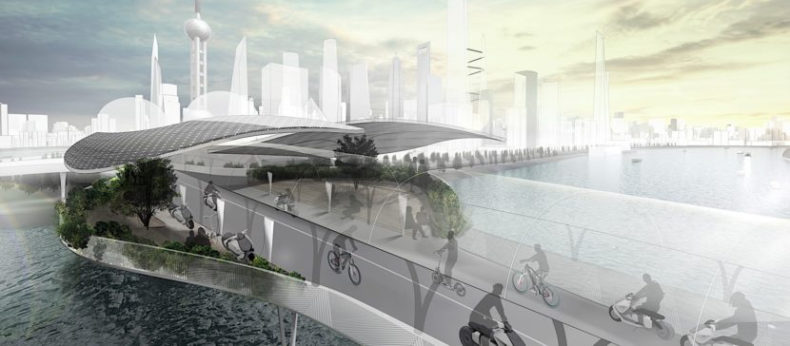
Source: cdn.bmwblog.com
Since 2007, for the first time in recorded history, more human beings live in cities than in rural environments. In some countries, urbanisation already includes two-thirds of the population or more.
The future of humanity is the future of cities, and that’s why the United Nations, most national governments and several multinational corporations are now focusing on integrated, innovative urban development.
The challenge is to build cities that can house more people while covering less ground, in environments that are comfortable, sustainable and affordable, while at the same time reducing the human footprint on the environment.
There are many aspects to this challenge: spatial planning, resource division and utility provision are among the most obvious. But one of the most easily overlooked areas is innovative urban mobility.
The older a city is, the harder it is to simply knock down and rearrange: so that working-class people can get subsidised housing closest to the areas they work in, for example, meaning those with the lowest incomes have to spend the least on transport. In these environments, urban mobility solutions that overcome the current problems of traffic, safety, pollution and cost need to be devised.
It’s a field that is attracting plenty of entrepreneurial effort, from both individual inventors and large corporations, and the concepts being born range from the fascinating to the eyebrow-raising. Some ideas for cost-effective, high-volume urban mobility solutions appear to be years away still, while others are already feasible for pilot projects – several inventors have already come up with electric bikes and scooters that fold up for train or bus journeys, for instance. These alternative transport methods are a great option for commuters, and for many, owning one would be like hitting the jackpot while playing casino games; the only problem is, they are not a one size fits all solution to the transport issue.
The Sky Is A Limit, Actually.
Humanity’s fascination with flight keeps throwing up the personal flyer idea, even though we waited 30 years to be disappointed by the broken promises of ‘Back To The Future’. No flying cars, and we didn’t even get hoverboards…
The popularity of drones, and new innovations in engine and rotor technology, has all sorts of individual designers and at least one company, Airbus, investigating flying urban mobility solutions.
Given the safety issues personal flying pods will bring with them, however, we can expect years of testing and development before lifting off out of traffic becomes a viable option – and highly unlikely ever to be a mass-transportation solution.
BMW Vision E³ – Auto Innovator Backs Bikes
Most existing auto manufacturers are working on urban transport solutions that are affordable, non-polluting and capable of mass deployment. Bosch, for example, focuses on lowering emissions in existing fossil-fuel burning engines, while phasing in cost-efficient, viable electric-powered vehicles that combine driverlessness, ride-sharing and sophisticated software to track traffic, parking, potential collision threats, etc.
A lot of companies working on driverless cars and personal transport options are not planning to change the built infrastructure of cities much. The BMW Vision E³ Way, on the other hand, is a bold concept that could revolutionise cities while encouraging healthier populations.
Cycling is seen the world over as a low-cost, mass-deliverable means of urban mobility to people at all income levels. Unfortunately, the reality in many cities is that cycling on roads shared by motorists is far from safe, and in others, the steepness of terrain makes cycling a challenge for anyone who doesn’t want to arrive at work or business meetings looking hot and sweaty.
While it would require massive infrastructural build to set up, the BMW Vision E³ Way could alleviate both those problems, and encourage thousands of city commuters to abandon cars, buses and trains for e-bikes instead.
The BMW Vision E³ Way aims to bring the three Es in its name to innovative urban mobility: “elevated, electric and efficient”. Electric motors on bikes still allow commuters to pedal and exercise as usual, but help them out immensely on the uphills.
The BMW Vision E³ Way would be elevated throughout, and isolated from other road traffic, with sluices or ramps to enter and exit the system. So the cyclist-only environment would be much safer, while still allowing mass personal transportation all over the city, efficiently and cost-effectively.
This is just one of the German auto giant’s ideas for transforming urban mobility in more liveable future cities. Hopefully, a city with a bold enough vision will commission a pilot project, and we could assess how this revolutionary plan for safer, healthier mass urban transportation works out in practice.
Sources:



























